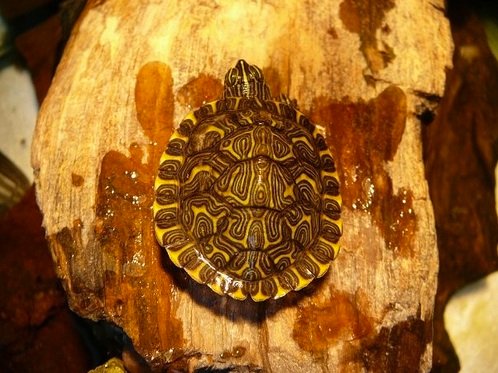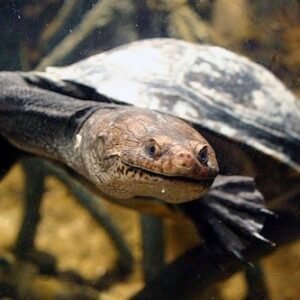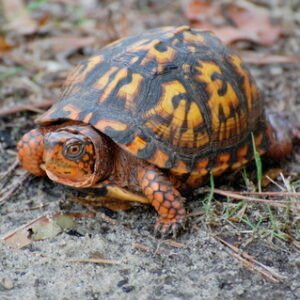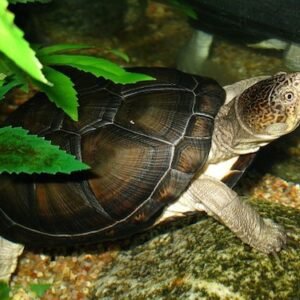Understanding the Hieroglyphic River Cooter Turtle
The Hieroglyphic River Cooter Turtle, scientifically known as Pseudemys concinna hieroglyphica, is a distinctive terrapin found primarily in the Southeastern United States. This turtle is notable for its unique physical appearance, which features a striking shell adorned with intricate hieroglyphic-like markings. These patterns can vary in color from yellow to orange against a dark brown or olive background, contributing to its identification among other turtle species. Adult Hieroglyphic River Cooters can reach carapace lengths of 10 to 14 inches, showcasing a size that makes them a prominent part of their aquatic ecosystems.
Habitat plays a critical role in the survival of the Hieroglyphic River Cooter Turtle. Their preferred environments include slow-moving rivers, ponds, and lakes, where they can easily access abundant vegetation. This species favors habitats with ample aquatic plants, as these form a significant portion of their diet. As herbivores, they consume a variety of aquatic plants, including water lilies and other submerged vegetation, and occasionally, they may ingest small invertebrates. The presence of clean, warm, and shallow waters is essential for their nourishment and overall well-being.
In terms of reproduction, the Hieroglyphic River Cooter Turtle typically nests from May to July. Females lay eggs in sandy or soft-soil locations, often away from water bodies, to provide protection from predators. After an incubation period of approximately 70 to 80 days, hatchlings emerge and make their precarious journey to the water. The lifespan of these turtles can extend over two decades under optimal conditions, highlighting their resilience. The combination of their unique physical traits, habitat preferences, and reproductive behaviors makes the Hieroglyphic River Cooter Turtle a fascinating representative of the rich biodiversity found in the Southeastern U.S.
Conservation Status and Efforts for the Hieroglyphic River Cooter Turtle
The Hieroglyphic River Cooter Turtle (Pseudemys concinna hieroglyphica) is currently facing significant challenges that threaten its survival in the Southeastern United States. Habitat loss due to urban development, agricultural expansion, and dam construction significantly disrupts the natural environments necessary for these turtles to thrive. The disappearance of wetlands and riverine habitats has created fragmented populations, making it harder for individuals to find mates and access vital resources.
Moreover, pollution plays a detrimental role in the well-being of the Hieroglyphic River Cooter. Runoff from agricultural land often introduces harmful chemicals into their habitats, impacting not only the turtles but also their food sources. High levels of pollutants can lead to health issues and decreased reproductive success, further endangering their populations. Additionally, the impact of climate change is becoming increasingly evident, resulting in altered precipitation patterns, increased water temperatures, and habitat inundation that can disrupt nesting activities and food availability.
Various conservation efforts are underway to mitigate these threats and promote the survival of the Hieroglyphic River Cooter Turtle. Organizations are advocating for legislation aimed at protecting essential habitats and enforcing wildlife protection laws. Habitat restoration projects are being implemented to rehabilitate degraded areas, ensuring that sufficient and suitable environments are available for these turtles. Community awareness programs have also been launched to educate the public about the importance of preserving this unique species and reducing human impacts on its habitat.
By emphasizing the significance within the ecosystem, conservationists are highlighting the interconnectedness of species and habitats. The collective efforts of individuals, organizations, and governments are crucial in ensuring a future for this remarkable terrapin, and it is crucial to promote active participation in these initiatives. Together, these actions will foster a healthier environment conducive to the persistence of the Hieroglyphic River Cooter Turtle.





